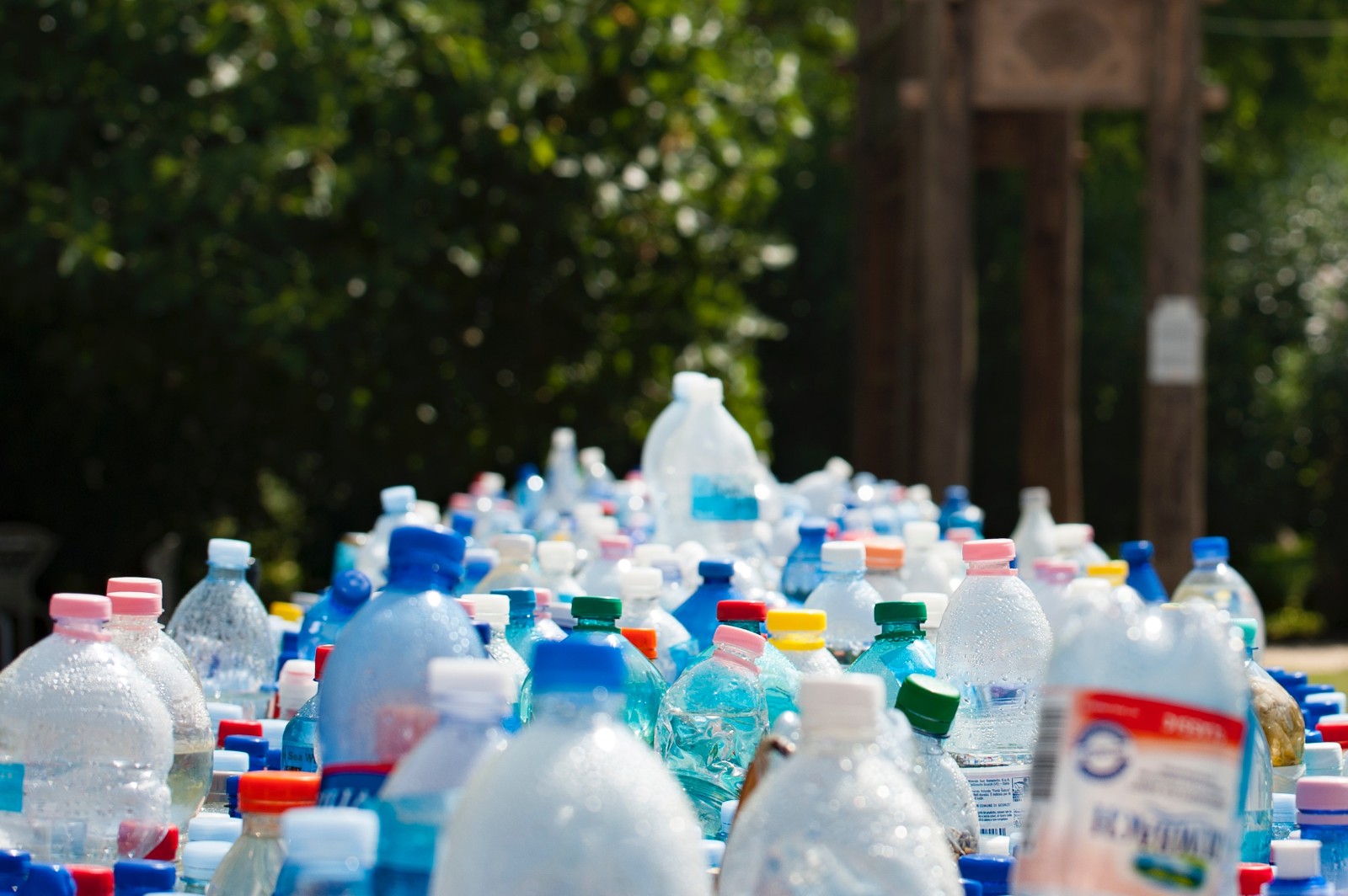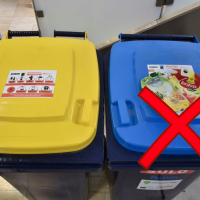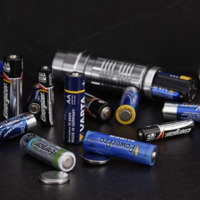Costs of the Coca Cola feeling

We would like to write about the presentation of Coca Cola rather than the actual product itself. 92% of the Hungarian Coke market is in the hands of two multinational giants which explains why we have to think about their marketing activity and its impact on the environment.

While in this part of the world we were occupied with the change of the political regime, Coca Cola was busy making it's own calculations. It quickly worked out that there are 137 million throats in Eastern Europe crying out for a taste of the Coca Cola feeling. This means a potential consumption of at least 630 million crates. Coca Cola launched a 400 million dollar campaign "the jump start manoeuvre" in order to win over the Eastern European market which was ruled by Pepsi at that time.
No later than 1990 Coca Cola was already having negotiations with the Budapest Liquor Company and the government, finally buying the former.
When the privatization of bottling plants came around, Coca Cola opened negotiations with a pre-condition: the potential partner plants should give up bottling any other brand of soft drinks. They did so without reluctance - and we have no Bambi, Márka, Et-üd, Sztár and Utas drinks any more but only the "imperialist drug" as it was once branded.
Looking at it from an environmental aspect, the problem is that companies with solid capital are preparing themselves to overrun a new market (or at least carve it up between them). They build new and expensive plants or buy the existing ones and establish their own packaging industry and delivery network. They exaggerate the disadvantages of the deposit -on- return system for bottles, just to replace it with throw-away packaging which they can shove off on the consumer instead of taking care of the replacement of the lost returnable bottles themselves. Retailers and restaurants happily go along with the idea as it takes less effort from them than the deposit system - they get rewarded with some refrigerators. Consumers are also won over by the cunning strategy of favourable prices, special offers, glass beads and games which are completely unrelated to the drink itself.
While the deposit system requires short distance transportation and more work - the throw-away system is based on high capacity automatic machines and concentrated production (for example tinned Coca Cola is distributed all over Hungary from the town, Gyõr). The product has to be transported over long distances - which has its ecological impact on the environment. This strategy also has its effect on the market: prices are increasing and other or small bottlers are ruined. Product choice is getting narrower and less workers are needed. At the end all we can see is mountain-size packaging waste dumps - but neither the producer nor the retailer want to know about them.
Roberto Goizueta, boss of Coca Cola Co. summarized the company's strategy. "by the year 2000 we will have been established such a delivery system that if any one of the globe's 6 milliard people want a Coke all they have to do is stretch out their hand". There are already several million people in the third world stretching out their hands. More and more seem to do the same in the streets in Hungary, but it is not sure that it's Coke they are after.....�
Fizzy drinks in plastic
"The more Coke at home, the more consumed. If you put a bottle in the fridge in the morning - it is gone by the end of the day - it does not matter if it was 0.5 or 1.5 litres." - Horst Müller, marketing manager of Coca Cola in Germany summed up his experience. In order to rule the market, soft drinks should be sold in huge bottles. This kind of strategy was limited before long - consumers were reluctant to carry bottles bigger than I litre. Then came the PVC bottle - but it did not fulfill expectations: bubbles sneaked out of it, the drink got an after-taste and environmental problems emerged.
 |
| National crest |
Then in 1988 Coca Cola broke into the German market with its "plastic wonder weapon": they filled shelves of shops with throw-away 1.5 litre bottles made of PET (polyethylene terephtalat). But their bubble burst quickly Due to public pressure the German government implemented a regulation that any plastic bottles between the size of 0.3 and 3 litres had to be repurchased for a general price of 50 Pfennig. So producers and retailers were obliged to repurchase the empty packaging and neutralize it within their own system.
The retailers said "no" to the regulation so CC had to get their products off the shelves and withdrew temporarily.But the PET bottles appeared again within a year - this time they were claimed to be returnable and refillable. It is sad that this kind of packaging was not introduced for the consumer's interest (widening the selection, environmental protection) but for ruining the traditional deposit bottle system (increasing profit).
In a few years we might easily find ourselves in the same situation as Sweden and the U.S. but by the time the 'powers that be' realize where the "throw away fever" takes us and decides to interrupt - there will not be any bottles to save.
Tin-potty
If I were asked to name the three least needed things in the world I would list cylindrical ones: the aluminium tin, the galvanized iron tin and the tin made of aluminium and iron.
After a short calculation one could realize that packaging fizzy drinks into metal tins is the most senseless waste in the world. It is one thing that the consumer pays three times as much for the packaging as for the drink itself. It is his or her problem. But is there anyone who has ever calculated how much those milliards of tins cost our Planet? It is the consumer society rather than the tin which should be put on the pillory for environmental damage.

Let's start with some background information: before the change of the regime in this part of the world, the metal tin was not simply "practical packaging" for beer and coke: it symbolized the western lifestyle, free access to and consumption of its products. So it was admired. Opening a tin and letting the bubbles just run out of it, then tossing it away represented free will in this jolly work camp. It was the cylindrical object of desire for all.
The metal cylinder started to roll after the change of the regime. Less than two burps and the Hungarian soft drink market was in foreign hands: BUSZESZ (Budapest Drinks Co.) was bought by a Greek bubble hero and - after some hesitation - the two coke multinational companies invaded the market. Of course they were disgusted at the beginning: there was no high consumption, but several types of drinks and deposit system! What a market it's gonna' be?! Here the consumers get excited by collecting metal Márka caps - but no hysteria, no craze, no passing light through the caps - scandalous!
The first thing to be done was to get rid of small local bottlers and their products, then boost consumption. This required cheap stuff in the largest possible packaging, and without question, throw-away plastic.
So here we are now. The small bottlers have gone bankrupt, the bottles have gone to the tip- and there are hardly any brand names on the market which can be pronounced by a Hungarian. Still something doesn't add up. Hungarian people are getting poorer and poorer, and it is getting more and more difficult to increase consumption. It can be manipulated by some cap hysteria for a while, but "a boost" can be only be expected by those who open a new front-line.
Now is the time the tin-pots come into the picture. The main objective is the fizzy drink and the youth are lined up as the main consumer group. Attack! It is true that due to high prices consumption is very low at the moment and the factories are quieter than they should be.Still, a good marketing technique should ripen its fruit sooner or later and just the remaining small returnable bottles have to be juggled out and school canteens, fast food restaurants and discos can be filled with tins! Tins should be smuggled into buggies and survival kits, too. Vending machines into each school hall, price cut, pack of four� of six�! And of course, target the teenagers!
The related commercial data in Hungary is not public. We can believe the Austrian experts estimate that the turnover of tinned drinks in Hungary is around 50 million. That makes 5 tins per head per year. We are miles away from the average American who has 53 tins of beer and 92 tins of lemonade per year...but don't worry�
The environment isn't worth peanuts- Long live sustainable consumption
- sustainable tins,
- sustainable waste dumps
- and the throw-away globe.






